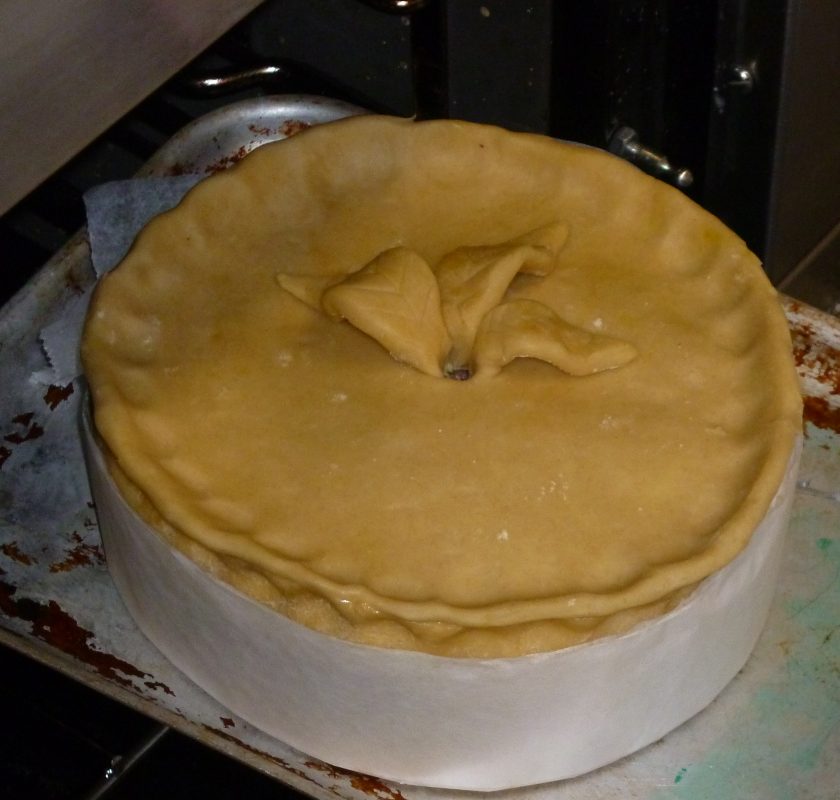News
Game for a Change
August sees the start of grouse shooting which heralds a series of wild game seasons from now until February that will give us a more varied selection of meats to set our culinary juices running.
Not only are grouse, venison, hare, partridge and pheasant tasty cuts, but they have the added advantage that they are low in cholesterol and saturated fats, making them a healthier option. The wild game seasons are short, resulting in a glut which can make these meats a reasonable price.
However, all too often people shy away from game which is, by nature, less common than the more traditional beef, pork and chicken. But with a little knowledge well hung game is versatile and unsurpassed in flavour. Here are my hints and ideas to help take the fear out of cooking with game.
It’s important to remember that lean meats dry out very quickly, so sealing the meat is the best way to ensure the finished dish is moist and tender. Traditional methods involved making a ‘Huff Paste’ from flour and water and encasing the joint for cooking. In days gone by the pastry, which would have soaked up some of the juices and flavours, was often given to servants, but nowadays it would just be discarded. A similar paste, known as ‘Luting Paste’ would be firmed around the top of a casserole to provide a seal when the lid was added. However, today life is much easier and foil is just as effective!
When buying birds in feather, young birds roast well, and older birds should be casseroled. Remember that you can use the whole bird by making stock from the bones, and using trimmings for game soup. And if plucking birds is a step too far, then your butcher – who should also be a game dealer – will often take care of the preparation for a small charge.
Cooking with game
- Venison: venison haunch is good roasted medium rare, and fillet is lovely either roasted in a piece or fried as steaks. This meat should ideally be eaten rare, or medium rare. Roe deer is smaller and more tender, and is delicious casseroled with red wine, dried juniper berries and winter vegetables.
- Grouse: this is best served slightly pink, but not dripping in blood, although some people like it like this. It is good as one of the meats in a game pie – always a winter treat. Grouse benefits from being hung for a few days as the longer it’s hung the more gamey it tastes.
- Pheasant: these birds are plentiful, so not expensive, and can readily be found in supermarkets. They are good roasted whole, or just buy the breasts and make them into Saltimbocca, wrapped in Parma ham and stuffed with herbs and maybe some cheese and fried gently in olive oil and butter. Serve with lemon wedges and salad they are delicious and simple to prepare.
Complimentary flavours for game:
Game goes well with sweet but sharp fruity sauces or condiments using redcurrants, blackcurrants, raspberries, blackberries, apples or pears. Strong herbs such as rosemary or thyme compliment the meat and bacon is often used to both give flavour and to protect the meat.
Traditional wild game seasons
Grouse: August – December
Hare: August – February
Partridge: September – January
Woodcock: September – January
Pheasant: October – January
Venison: this depends on the type but farmed venison is available all year.
Our next Game Cookery Workshop is on Saturday 24th October 2015

